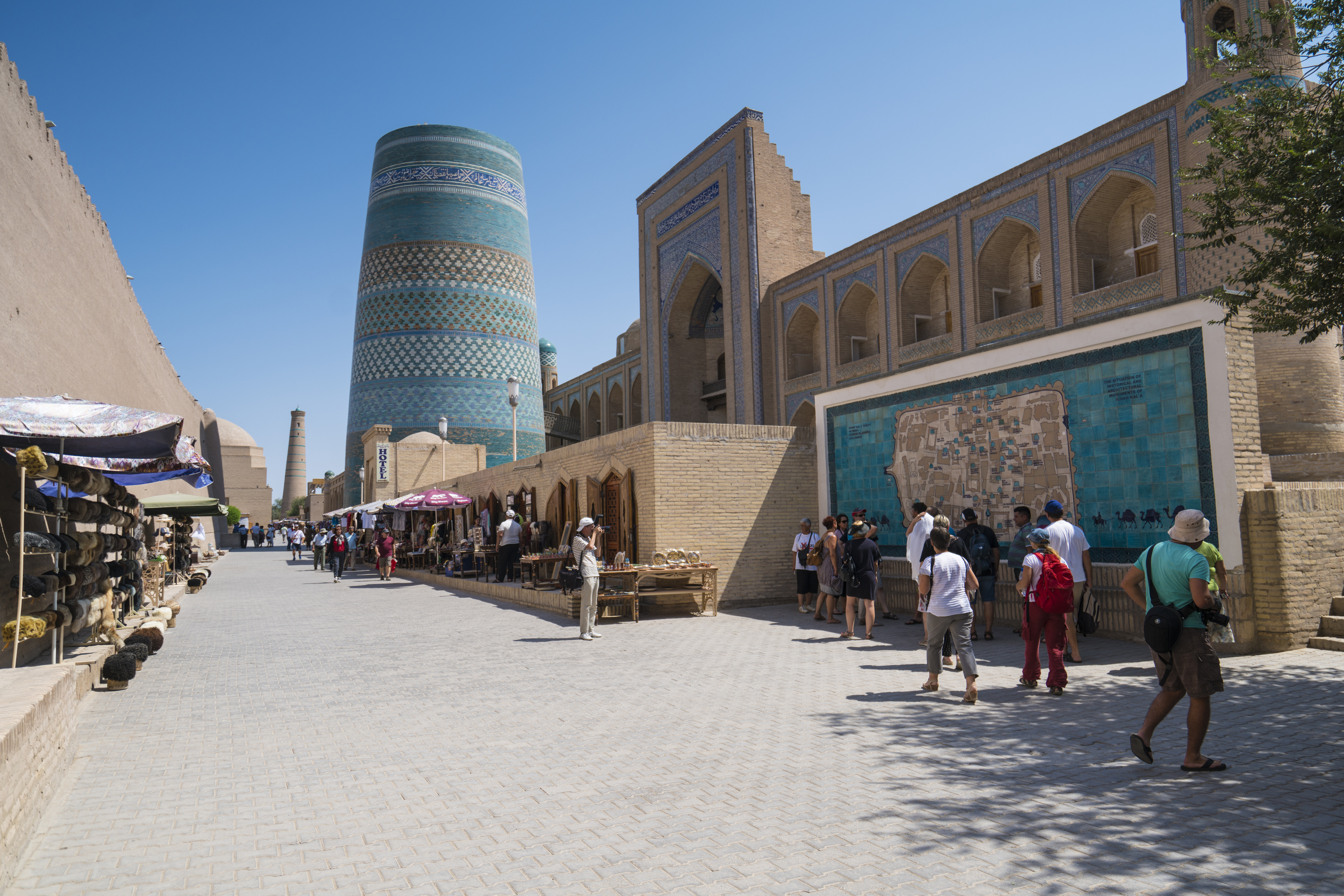Uzbekistan, along with Kazakhstan, is a leading player in the Central Asian economy. After the break-up of the Soviet Union, Central Asia emerged as a new geopolitical region in the world economy. This region traditionally includes five former Soviet republics - Kazakhstan, Uzbekistan, Tajikistan, Turkmenistan and Kyrgyzstan - rich in raw materials and energy resources such as oil, gas, coal and uranium. Central Asia is now an important transport hub in the middle of the Eurasian supercontinent, as the Belt and Road (BRI) linking China to Europe passes through the region. Central Asia's geography and natural resources mean that its countries could increasingly become the focus of great power games.
Since his inauguration in 2016, Uzbek President Shavkat Mirziyoyev has pursued an open foreign policy and his reforms have led to social and governmental modernisation and economic development. The first important measure taken by the new president was the convertibility of the Uzbek national currency, the som. According to the independent news organisation Eurasianet, this was a major blow to the black market in particular. According to statistics, the openness of the Uzbek economy has increased to 20%, resulting in a dynamic increase in foreign trade.
Exports have tripled, although the export of goods is still essentially characterised by the export of raw materials. Natural gas is Uzbekistan's number one export. Natural gas, non-ferrous metals and cotton together account for 67.6% of exports. Exports of various non-ferrous metals, mainly gold, account for 25%. In addition, Uzbek agricultural exports are also significant: mainly cotton, vegetables and fruits. The main markets for Uzbek exports are Russia, China and Turkey. However, the EU's share of 3.7% is very low and needs to be improved.
These figures confirm that Uzbekistan is now one of the most developed countries in Central Asia. The spectacular results of foreign policy openness and liberalisation have led The Economist magazine to award Uzbekistan the title of "Country of the Year" in its 2019 annual report.
This honour is given each year to the country that has made the most progress in political and economic reform among the world's states. Till Lauer's striking graphic symbolises the steps taken on the road to progress.
According to the publicist for The Diplomat, the most spectacular paradigm shift in President Mirziyoyev's foreign policy has been in the area of neighbourhood policy, where he has visited the leaders of all his neighbours in the first year of his presidency.
Pál Gyene believes that Mirziyoyev's foreign policy opening could fundamentally change the dynamics of competition and cooperation in post-Soviet Central Asia.
Another important question is Uzbekistan's relationship with the major powers in the region.
The possibility of joining the Eurasian Economic Union (EAEU) has been raised in the past.

